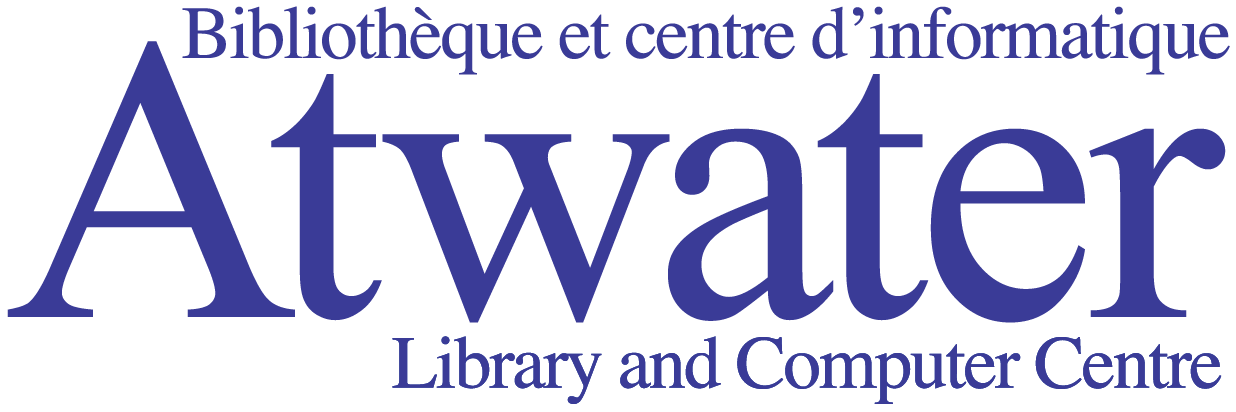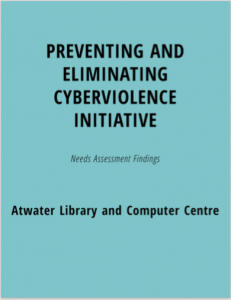Introducing the Needs Assessment: Purpose and Context
Purpose
This document serves to consolidate the results of our consultations with a broad segment of the Montreal Anglophone community which included: young people (mostly but not exclusively girls and women), college students and faculty, high school students, librarians, counselors, teachers, university students, school board personnel, the video game community and industry, technology/digital culture scholars and other academics, community organizations and law enforcement. These consultations were conducted in a variety of formats, from open-ended interviews and questionnaires, to focus groups and video documentary. The research process also included interactive activities and community conversations.
Goals of the needs assessment were to:
- Gain a broader, deeper more nuanced understanding of how cyberviolence against girls and young women is defined and experienced and how it is manifested in girls and young women’s everyday lives
- Identify factors that contribute to gender-based cyberviolence
Examine the broader contexts in which gender-based cyberviolence occurs; for example, inquiring about the types of online spaces where girls and young women might be most likely to witness and experience cyberviolence and exploring how the online space might affect the nature of the cyberviolence - Explore how design affordances might impact the safety of online spaces
- Learn more about the relationship or interplay between on and offline violence. For example, does violent or misogynistic online behavior normalize that behavior, potentially making it seem more acceptable offline?
- Identify potential strategies as described by our stakeholders that they believe would be effective in preventing and eliminating cyberviolence against girls and young women and identify barriers that might work against those strategies
We consulted a wide range of stakeholders using a variety of methods designed to take into account their differing contexts and circumstances, but it is important to note that we explored similar questions with all of them in order to triangulate the data, highlight similarities and disparities, and arrive at some broad-based conclusions. The findings generated from this needs assessment will be used to develop strategies that girls and young women agree are effective and meaningful in the context of their daily engagement with digital culture.

